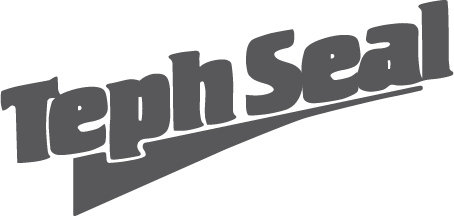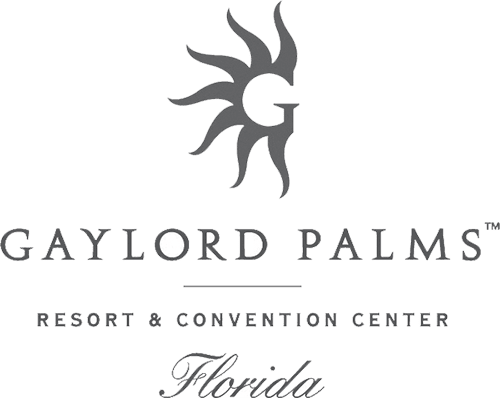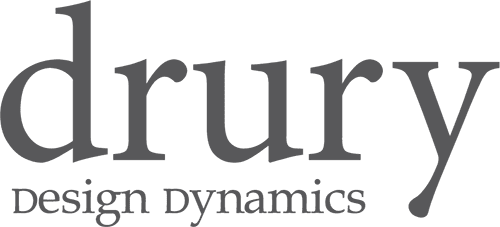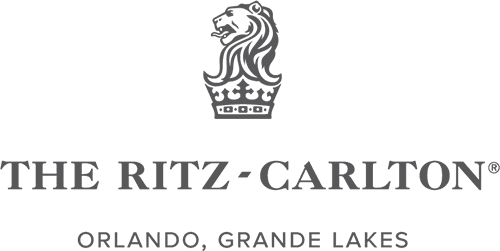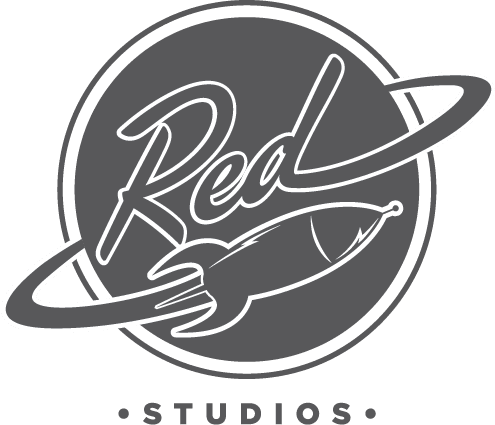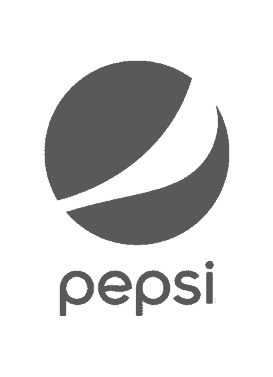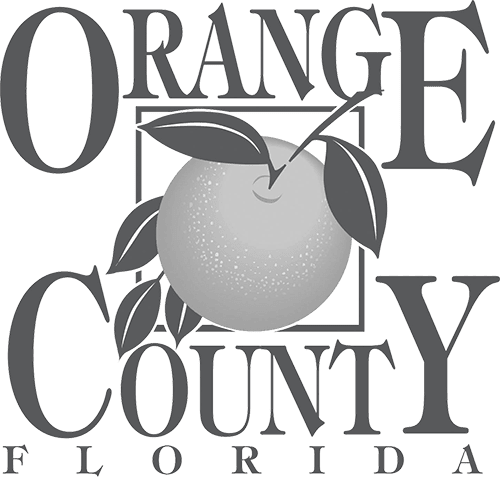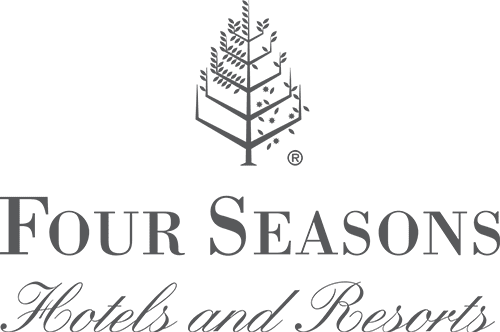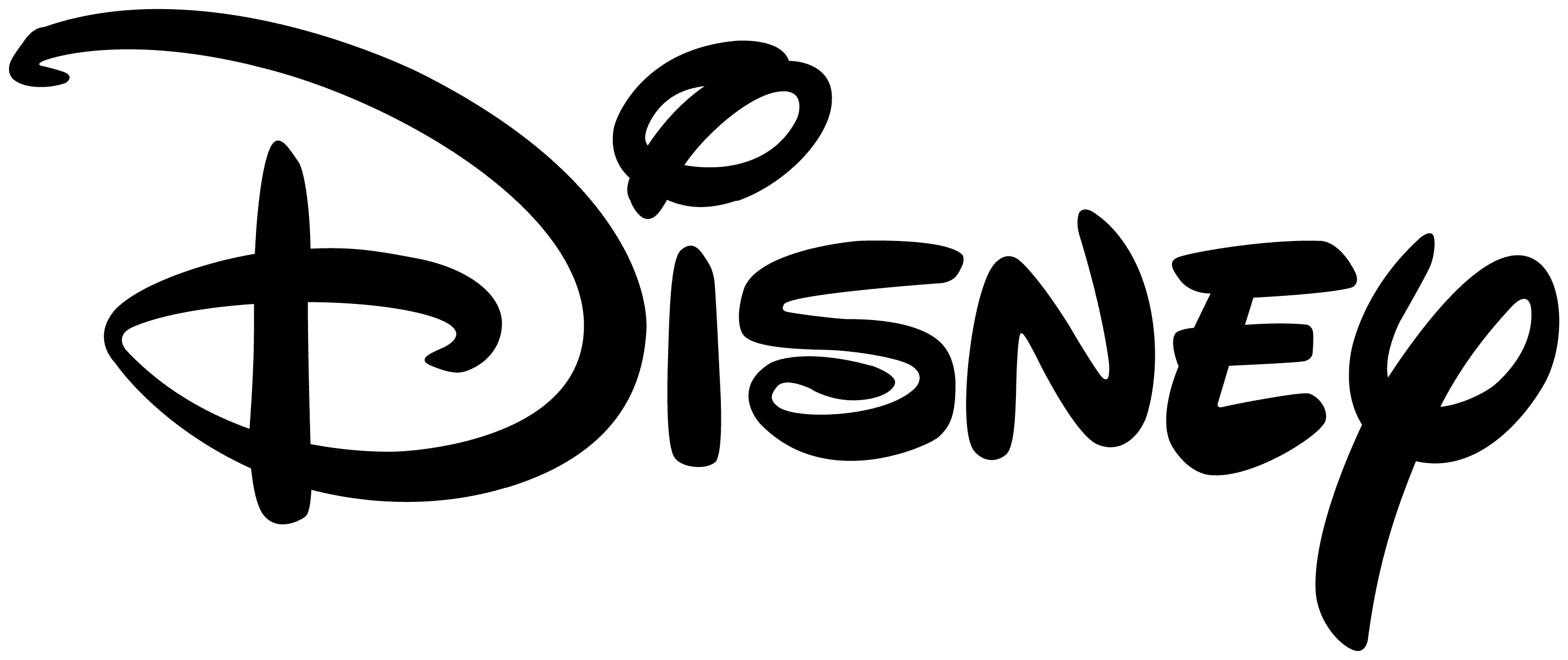Mastering Signage Creation: A Guide to Our Signage Design Submission Guidelines
At One Day Masterpieces, the process of creating impactful signage is streamlined through our comprehensive signage design submission guidelines. These guidelines are essential for transforming your ideas into tangible results that stand out in Orlando’s vibrant business landscape.
Initiating Your Design Using Our Signage Design Submission Guidelines Process
Selecting the Appropriate File Formats
To start, it’s crucial to submit your designs in the recommended file formats and, This step is vital to ensure your signage maintains its intended quality and clarity, adhering to our signage design submission guidelines.
Following Our Detailed Specifications
Additionally, our signage design submission guidelines emphasize the importance of adhering to precise design specifications but, This adherence not only enhances the visual appeal of your signage but also ensures its durability and structural integrity.
Ensuring Brand Consistency and Compliance
Upholding Your Brand’s Image
A central aspect of our signage design submission guidelines is maintaining brand consistency across all signage efforts. This consistency is key to strengthening your brand’s identity and market presence.
Complying with Legal Standards
Furthermore, the signage design submission guidelines include vital information on legal compliance, including necessary permits and regulations within Orlando. This knowledge helps prevent any legal issues that might hinder your project’s progress.
The Benefits of Adhering to Signage Design Submission Guidelines
By closely following the signage design submission guidelines set forth by One Day Masterpieces, you facilitate a more efficient production process. This efficiency not only benefits our team but, also ensures that the final signage meets your exact specifications and complies with local Orlando standards. Moreover, adherence to these guidelines aids in avoiding common design pitfalls, ensuring your signage effectively captures the attention it deserves.
Collaborating with One Day Masterpieces
Embracing our signage design submission guidelines equips you with all the necessary tools for a successful signage project. One Day Masterpieces is committed to guiding you through every step, while ensuring a seamless experience from conception to installation.
Begin Your Signage Journey with Confidence
For businesses in Orlando looking to elevate their signage so, understanding and applying our signage design submission guidelines is a critical first step, therefore, please get in touch with One Day Masterpieces today to start the journey of transforming your signage concepts into compelling and effective visual statements.
Navigating Through the Submission Process: Step by Step
Embarking on your signage project with One Day Masterpieces is not only about meeting requirements; it’s also about crafting a partnership that brings your brand’s vision to life. Consequently, understanding each phase of the signage design submission guidelines is paramount. Here’s a breakdown, enriched with transition words for clarity:
First and Foremost: Initial Consultation
Initially, reaching out to our team begins the collaborative journey. During this phase, we discuss your vision, objectives, and the scope of your signage project, aligning our strategies with your goals according to the signage design submission guidelines.
Subsequently: Design Submission
Following the initial consultation, the next step involves submitting your design files. At this juncture, it’s essential to ensure that your designs comply with the formats and specifications outlined in our signage design submission guidelines. Moreover, this stage is crucial for setting the foundation for a successful signage outcome.
Furthermore: Review and Feedback
After receiving your designs, our team conducts a thorough review. During this process, we might provide feedback or suggest modifications to ensure that the final product not only meets but exceeds your expectations. This iterative process is a testament to our commitment to excellence and adherence to the signage design submission guidelines.
Additionally: Final Approval and Production
Once the design meets your approval and aligns with our signage design submission guidelines, we proceed to the production phase, moreover Here, the magic happens—your vision starts taking a tangible form, transitioning from concept to physical signage.
Lastly: Installation and Completion
Finally, the culmination of our collaborative efforts is the installation of your new signage. This last step marks the achievement of a significant milestone for your brand, with the signage ready to make its mark on Orlando.
Conclusion: A Partnership Rooted in Excellence
In conclusion, navigating the signage design submission guidelines with One Day Masterpieces is a journey that transforms ideas into impactful visual communications. Each step, marked by careful consideration and expert guidance, ensures that your signage project is not just a transaction but a partnership aimed at elevating your brand, however Together, we make sure that every detail is perfect, demonstrating our unwavering commitment to your satisfaction and success.
By choosing One Day Masterpieces for your signage needs in Orlando, you’re not just getting a service provider—you’re gaining a partner dedicated to bringing your vision to life with professionalism and precision.

Submission Guidelines
SUBMISSION GUIDELINES
DIGITAL ARTWORK SUBMISSION GUIDELINES
Proprietary Material:
One Day Masterpieces cannot reproduce copyrighted material without the express written permission of the copyright holder. The same is true for trademarks and other proprietary material.
Submission Media:
Digital artwork may be submitted through file transfer services like Dropbox or loaded onto a flash drive and delivered to us. Contact us for FTP information.
Colors and Fonts:
In order for One Day Masterpieces to print the colors you desire, it is essential that your digital artwork be submitted with at least one of the following:
- Examples of the colors, such as a full-color hard copy print of your artwork
- Standardized references for the colors, such as numbers from the Pantone Matching System (PMS numbers)
In some cases, the machinery prints only one color at a time, and it is important that each color is in a different layer.
When the artwork contains text, it is important, for the sake of print clarity, that the text elements are not in the same layer as the graphic elements. If the fonts cannot be embedded, One Day Masterpieces can, in most cases, insert the text into the artwork, as long as you provide us with the name of the font and an example to follow. Another way to address the font issue is to outline the text. This will convert the text to a vector graphic, and it will appear in the correct format. One possible issue with this solution is that if there is an error in the text, it will need to be corrected in the original file and the artwork resubmitted.
Digital Formats and File Extensions:
Artwork may be submitted in the following formats:
Preferred:
- Adobe Illustrator CS (AI, EPS)
- Adobe Photoshop CS (PSD)
- Adobe portable document format (PDF)
- Corel Draw X7 (CDR)
- TIFF bitmap images (TIF)
- JPEG bitmap images (JPG)
Exceptions: Certain projects may involve additional file requirements. Please contact us for a consultation about your complex projects.
Vector Art vs. Raster Art:
In computer drawing and animation, a shape may be created in one of two ways – either as a raster image or a vector image.
Vector Art:
A vector image defines shapes by coordinates. Vector images have the advantage of being infinitely resizable without impacting the resolution. As such, vector graphics often look cleaner and simpler. On the other hand, vector art works best with solid patches of color and may not represent color gradients well. Popular vector programs include Adobe Illustrator and CorelDRAW. Common vector art file extensions include: CDR, CAD, PLT, AI, PS and EPS.
Raster Art:
A raster image, or bitmap, is a data file or structure representing a grid of pixels, or points of color, on a computer monitor, paper or other display device. The color of each pixel is individually defined. A bitmap is characterized by the width and height of the image in pixels. The quality of a raster image is determined by the total number of pixels (resolution). When submitting raster graphic files, be mindful of the ultimate print size. Raster images cannot be scaled to a higher resolution without loss of apparent quality. Raster graphics are more appropriate than vector graphics for photographs and photo-realistic images, while vector graphics are often more appropriate for typesetting or graphic design. Digital camera photos and scanned images are examples of raster images. Common raster art file extensions include: JPG, TIF and PNG.
TESTIMONIALS
Just received the bags this morning. Thank you so much for your help on the bags and getting them to the embroiderer on such short notice. The white thread looks very nice. These bags will be a great gift for our captains.
- DAWN D.
Just got back in town today and saw the caps – LOVE EM!! Great service, Very Timely, Competitive pricing, Easy to work with – what’s not to like? Thanks for a great order!
- RICK H.
Thanks for consistently making me and my team look good. I love attention to detail - and you guys work well within that space. Nice work on these two unusual projects!
- MARK H.
Here is the PO# for the vinyl you rushed for us yesterday. Thank you for always being an amazing partner when we bring you stuff last minute!
- John K.
The awards just arrived and they look great! Thank you so much for getting this pushed through so quickly for us!
- Sandy F.
I just thought you might want to see how great the new sign in our foyer looks! My director really loves how all 4 signs look placed in key locations across the contact center.
- Leslie P.
I just wanted to say kudos to Cathy and the rest of your staff. We have been doing business with you for years and their professionalism, ability to “get the job done” all while being friendly and personable is outstanding! One Day is one of my favorite vendors and I just wanted you know what an awesome team you have working with you! I couldn’t do my job without all of you.
- Michelle M.
The event is over, and all of the signage that One Day Masterpieces created for us looked awesome! Once again, you and your team shine when the pressure is on- and the confusion factor is held at bay by your experience and attention to detail. Thank you so much!!
- Mark H.
First of all we would like to thank you for all your help the past couple of weeks with the trade show mania we have had with other clients. Lisa has been a trooper dealing with the 5,000 emails from me! We are like BFFs now we talk so much
- Jessica S.
Working with One Day Masterpieces was truly a gem and I hope that I will be able to find something else I can work with them again on! Kevin & Cathy are both awesome and truly great partners to work with! They listened to what we wanted, they offered suggestions and were so helpful the entire I never had to worry once that the piece would not get to us in time (even though at times I thought our group was slowing down the process….we had people out of the office and couldn’t approve things, or it would take longer than I wanted to get answers back) they knew what our in hands deadline was and I think the boxes arrived early haha!! I just wanted to get something out to you to express my thanks! I truly look forward to working with Kevin & Cathy again in the future!
- Jodi H.
Thank you again and again for donating the two print pieces we used for this year’s Lead Parade float in the 2017 Orlando Pride Parade. We easily had the best float on the parade route so a HUGE thanks goes out to you both for making this happen!
- Jamie G.
Thank you both for putting the presentation together. It was great to meet the rest of your team and tour your facility. You do awesome work and we appreciate everything you do for us.
- Mariela C.
The project really turned out well! It totally exceeded my expectations (With knowing your usual work, my expectations were set pretty high!) It will truly make a unique and personal gift for our 34 year employee! Thanks so much!
- Amanda K.
Thank you all so much for making this possible!
- John C.
The signs turned out fantastic! Thank you so much for your help in creating these as they were a huge hit with our team!
- Matthew P.
I just wanted to say thank you SO much! The banners arrived on Tuesday, even earlier than we expected, and they look great! You and your team are amazing. Thank you for everything you’ve done to make this possible. Our team in Africa will be thrilled
- Laurie W.
I just wanted to send you a personal note of thanks for the great decals that you helped put together and print for me. I finally got a chance this weekend to take all out of the bag and look them in more detail and they really came out great. Have a great rest of your day and I look forward to working with you again in the future.
- Chris M.
Good morning Edie! Thank you so much! Our banners are gorgeous and we love them. I can’t wait to hang it for our commissioning week festivities in Annapolis. You far surpassed anything I could have hoped for
- Donna M.
The banners and signs got here with plenty of time to spare and look wonderful as always, Thank you so much Cathy!
- Anna P.
Fantastic. Look forward to reviewing your team’s creativity! If it is anywhere as good as the cart mock–up I’m sure it will be a home-run
- Alex F.
Once again, thank you for the awesome job! As you know, our business is fraught with almost impossible requests… clients needing something that maybe they forgot or something that popped up at the very last minute. Then, we in turn, turn to you to see if the almost impossible is possible. What I love about your team is that you have the same mentality that we have - that we may not be able to pull it off, but we’ll sure try hard to make it happen if we can. Great job!, as per usual!
- Mark H.
Thank you again and again for what your team does and has done for us in the past. It is much appreciated more than words can express!
- Jamie G.
Seriously, Edie, you are such an awesome partner and you always come through for us even when it’s a hair-on-fire hot rush and we have no funding (which seems to be the norm lately)!
- Mark D.
Perfect!! Thank you so much Lisa – you have been such a pleasure to work with!!
- Shalitda S.
You’re the best, thank you for getting this turned around so quickly!
- Jim L.
The samples turned out FABULOUS!!! And thank you again! I can't wait to show the team when I get back from my overnights next week. The books were a hit and I already told the Production Manager that I want to keep one after the event is over
- David Y.
Please thank you staff for helping to install the emergency access signs it was a last minute mess. Your folks did great to help us get back on track
- John F.
I cannot thank you enough for expediting these signs for us. We were able to pass RMP in-effect thanks to you, so thank you for consistently being dependable and flexible with our requests! As you can imagine, the project is on serious crunch right now, and not having to worry about these signs was a godsend. In short, thank you for everything! You and your team are amazing, and we owe you a great deal of gratitude for your help over the years.
- Andrew M.
Thanks so much for your help with our Water Parks signage project. We just received the package, and everything looks great. I really appreciate your quick turnaround on this.
- Wendy F.
I just wanted to say thank you one more time for helping with the Tournament signs. Sorry I kept sending you more and more. We raised over $37,000 for the tournament. We had a great day. Thanks again.
- Clay B.
The tablecloths are PERFECT! Thanks to all who helped make this magic happen.
- Mike R.
They just arrived at our office and we are very pleased with the results. Thank you for all of your hard work and efforts!
- Jane C.
I heard how well it went with the help you sent and also how everyone loved the quality of the signs. Nice job



